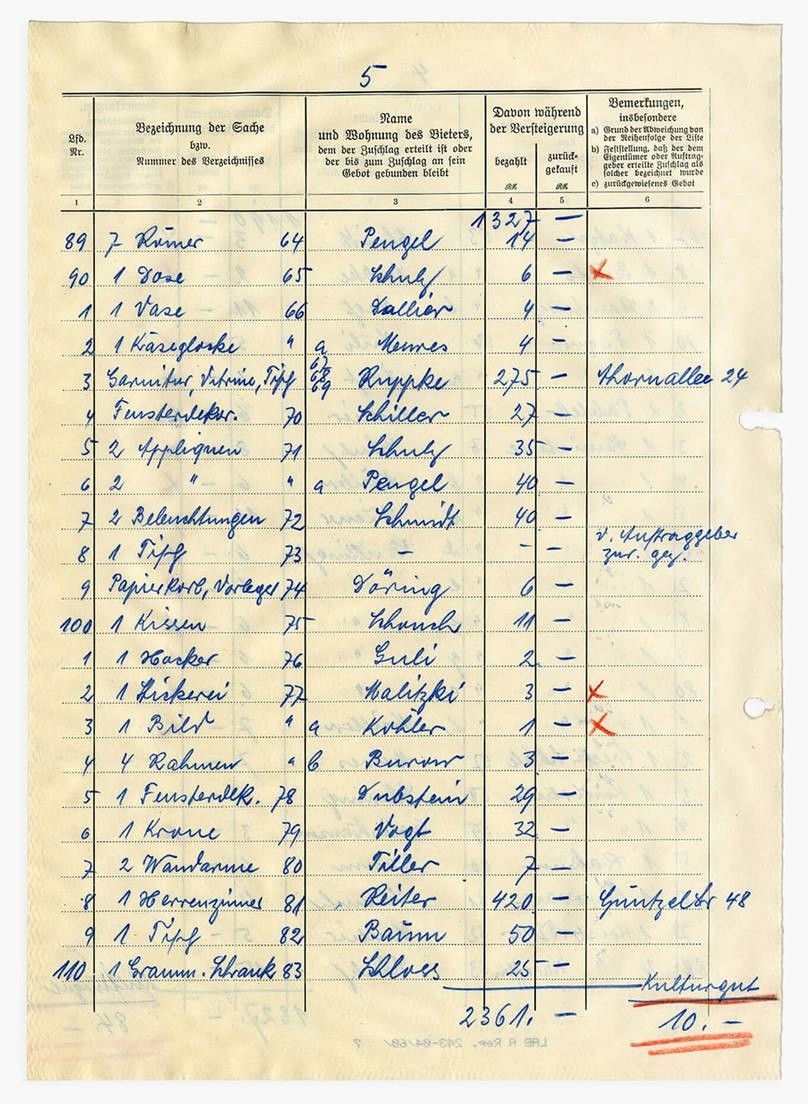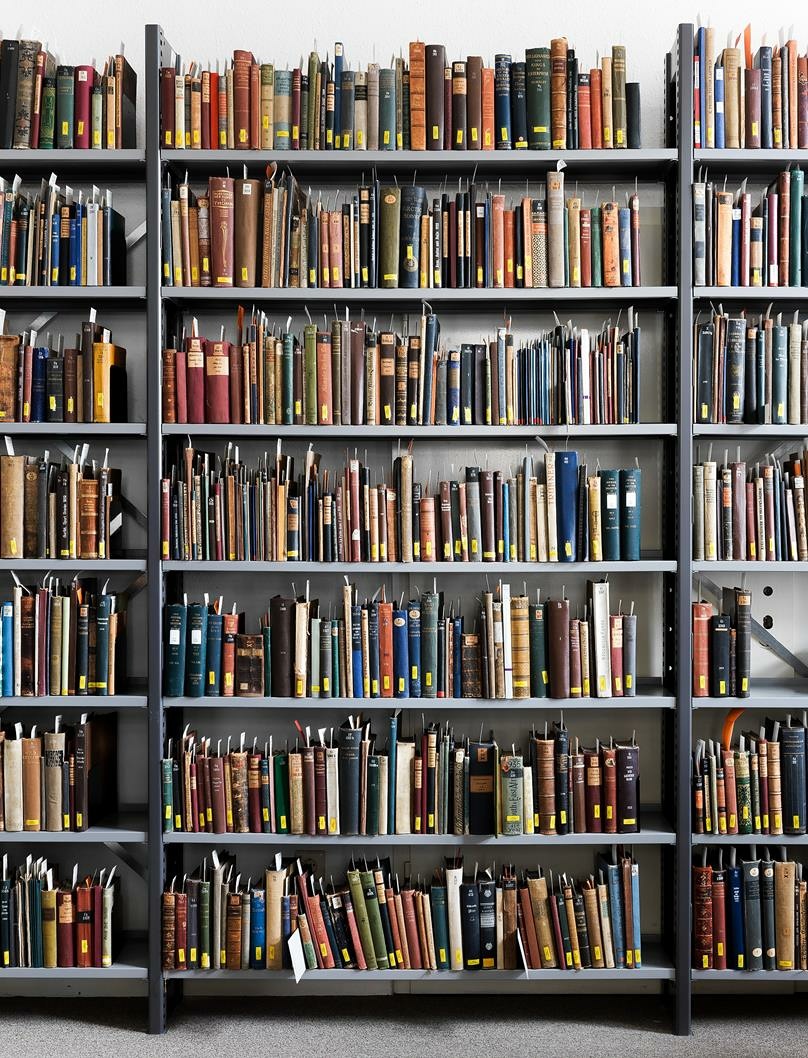Maria Eichhorn is waiting for me at her studio door. Inside, a spacious, austere, meticulously tidy loft welcomes, with elements of Japanese design softening the cold industrial architecture. We exchange warm greetings and small talk as she serves tea.
I explain that the documenta 14 organizers have asked me to write a short entry to accompany her contribution to the show (including the stipulation of the facts of her birth: Bamberg, Germany, 1962), and I’d like to know how she would describe the central concerns of her artistic practice. Maria mulls over my query. The silence becomes uncomfortable. I try to lighten the mood by mumbling that I realize the question is somewhat absurd. “I always try to avoid summing up my practice in general,” she replies, then encourages me to draw from the essay that I wrote with Nora Alter for the catalogue raisonné of her work put together by the Kunsthaus Bregenz in Austria.
We walk over to a large desk, and Maria picks up a quire of A4-size paper held together with a butterfly paper clamp. She points to the first lines and says: “You could use this paragraph. Don’t you agree?” The draft she hands me is not the one that made it into the catalogue raisonné. It reads: “Maria Eichhorn’s art, which is often punctuated by displacements and redirections, by interruptions that develop over time and destabilize normative forms, troubles the imaginary relationship of artworks to the field of art that is their context. Its displacement and reframing of existing conventions has become more complicated over the years. It has also become less discrete as the artist has interjected her work deeper and deeper into the art field’s operative processes. Yet, Eichhorn’s art does not entirely reject or oppose the dominant order of things in the field of art; it does not attempt to break free of its inescapable scope. Rather, it transforms its operating logic from within, seeking to enact permanent structural change while at the same time valuing the importance of its operation.” Since Maria likes this paragraph, I’m happy to go along with her idea.
It was chilly outside when I left the studio. The wind was getting up. But I kept walking. Minutes later I ducked into the U-Bahn at Pankstrasse in the direction of Hermannstrasse.
—Alexander Alberro


